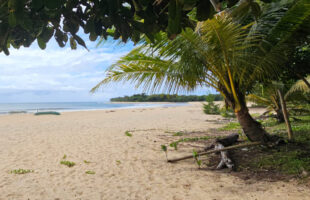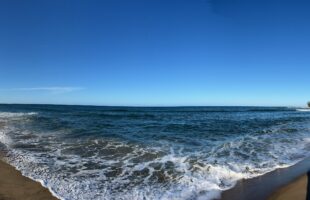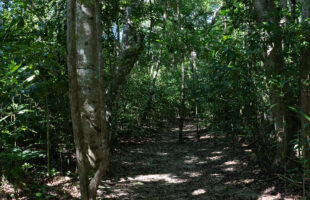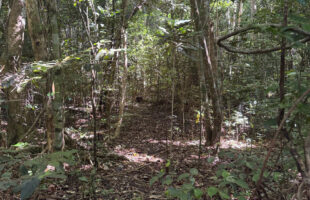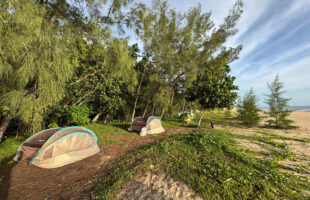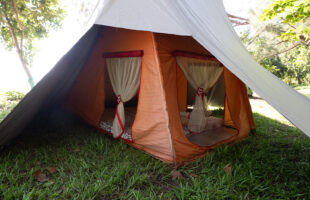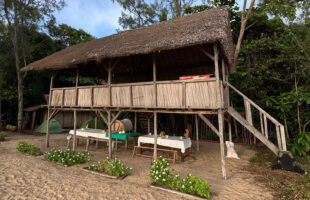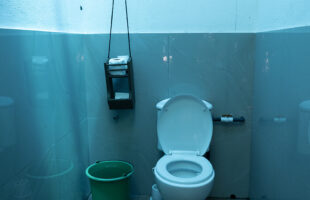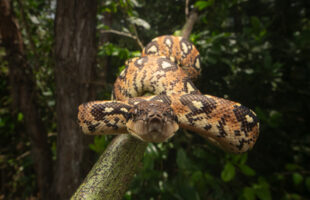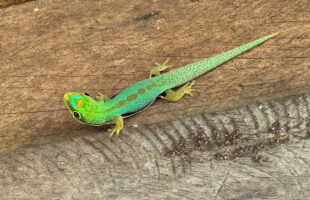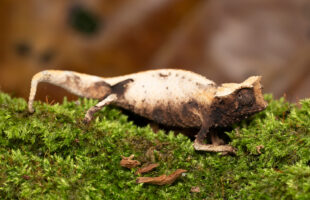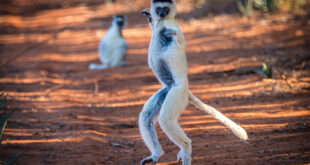Bobangira:
The name of the protected area is derived from the Malagasy words boba for many and angira for certain trees or a forest. Bobangira therefore simply means ‘many trees’.
Please note: The protected area should not be confused with a reserve of the same name near Antalaha a little further south, which is also called ‘Macolline Forest’ – this article is not about the latter. This is about the protected area ‘Domaine de Bobangira’.
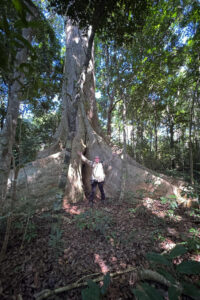
Location:
The Bobangira reserve is located around 100 km north of Sambava and 45 km south of Vohimarina (Vohémar) on the north-east coast of Madagascar. There are weekly domestic flights to Sambava from the capital Antananarivo. From both cities, the reserve can be reached by off-road vehicle or taxi via the tarmac RN5a (about one and a half to two hours’ drive from Sambava). However, the last 18 kilometres to Bobangira from the village of Analovana are completely off-road and difficult to plan depending on the time of year. The off-road track also crosses several rivers, which are often impassable even with off-road vehicles in the rainy season. However, it is often possible to get a lift on a motorbike or bicycle from villagers.
Information about the protected area:
Bobangira comprises 0.297 km² of rainforest directly on the beach of the Indian Ocean. For many years, the site was owned by Madagascar’s Ministry of Environment, Ecology and Forests (Ministère de l‘environement, de l’écologie et des fôrets, MEEF). It was not until 2016 that the site was acquired by Bruno Lee Sio Tsion, Vice President of the regional tourist office in Sambava, and declared a protected area in the same year. Travellers have been able to visit Bobangira since 2019. The local rainforest is a very special habitat, as it has become extremely rare in Madagascar as a so-called gallery forest. The low location directly on the ocean has long been the undoing of most of these forests, as they are very prone to logging and slash-and-burn agriculture.
Climate:
The north-east of Madagascar is warm all year round, with temperatures above 30°C being the norm. During the rainy season, there is very high humidity, which makes hiking relatively strenuous. There are also quite a lot of mosquitoes in the lowlands. Long but airy clothing and sun protection for the head is a good choice here.
Infrastructure:
The Bobangira protected area has a campground directly on the sandy beach. You must bring your own tents; smaller tents are particularly suitable. Rustic toilets, a shower and a communal hut with simple benches and tables are available. There is no electricity. Rainwater is collected in a large tank and used to supply the camp. A cook, a local guide and transport to Bobangira can be organised via Mimi Hotel in Sambava. The paths through the reserve are rather narrow, but mostly flat and easy to walk on. The fantastic view of the sea directly from the tents in the morning is almost unrivalled anywhere else in Madagascar!
Flora and Fauna:
Bobangira is still largely unexplored, unspoilt nature with fascinating flora and fauna. German herpetologists have recently discovered two new species of chameleon here. Both are probably only found here – but they are so new that they are currently being described and do not yet have scientific names. The third local chameleon species is the ground chameleon Brookesia stumpffi. The day geckos (Phelsuma grandis, Phelsuma dorsivittata and Phelsuma laticauda), which are particularly fond of the communal hut in Bobangira, are better researched. Snake lovers also get their money’s worth here: the leaf-nosed snake as well as the Northern Madagascar boa, Malagasy hognose snake and tree boa are regularly seen here. The green sea turtle (Chelonia mydas) can regularly be seen on the beach. In some parts of the beach, the females even come every year to lay their eggs.
Lemurs also live in the jungle giants of the forest: with a bit of luck, white-headed lemurs and mouse lemurs can be spotted here, the first during the day, the latter at night. The birdlife of Bobangira, on the other hand, is still largely unknown. Crested Coua, Vasa Parrot, White-fronted Plover (Anarhynchus marginatus) and Crested Ibis (Lophotibis cristata) have already been seen here, but not much else is known about the feathered inhabitants of the forest. Perhaps a reason to come here as an adventurer?
Bobangira offers curious nature lovers not only a fantastic forest, but also the perfect beach to relax on afterwards. A little paradise that not many travellers have visited yet.
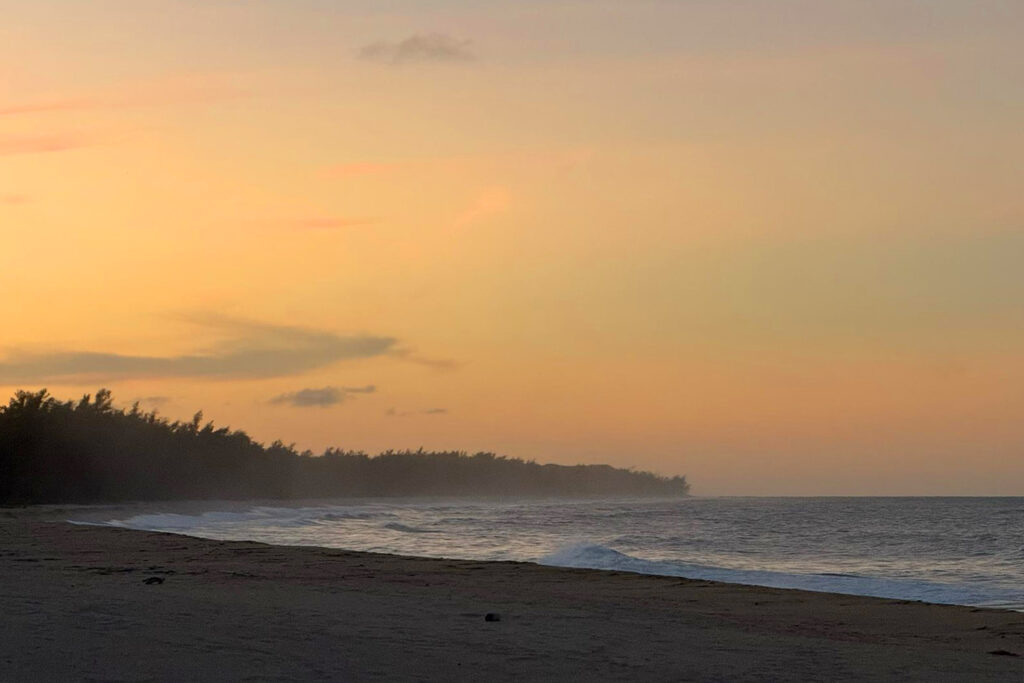
 MADAMAGAZINE Your Magazine about Madagascar
MADAMAGAZINE Your Magazine about Madagascar

